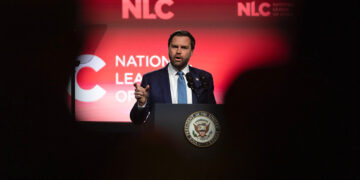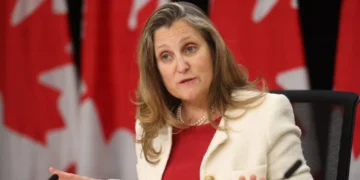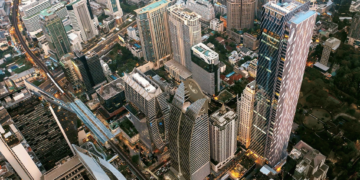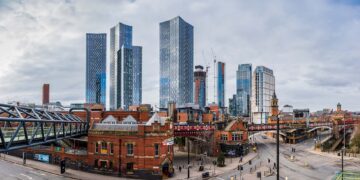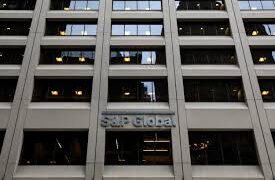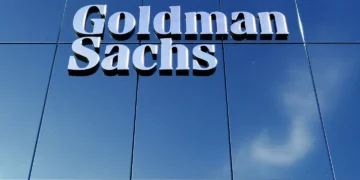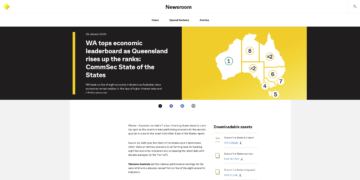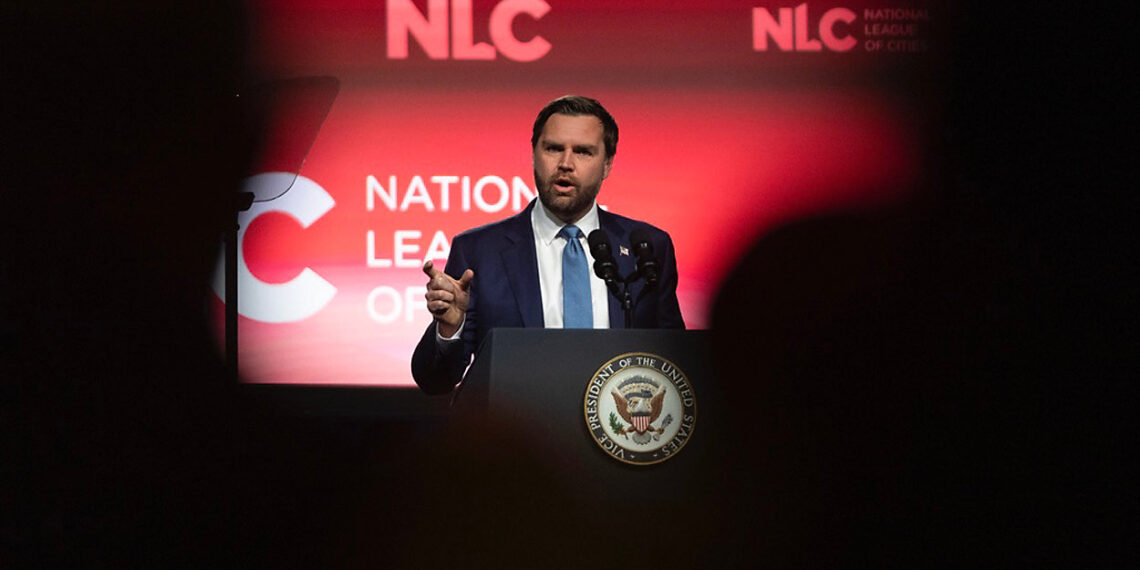US Housing Prices Surge as JD Vance Links Issue to Illegal Immigration
On March 10, 2025, US Vice President JD Vance delivered a speech at the National League of Cities Congressional City Conference in Washington, D.C., where he attributed the near-doubling of US housing prices over the past five years partly to the influx of illegal immigration. Vance’s remarks immediately drew attention from both the market and political circles, reigniting debate over the connection between immigration policy and housing costs.
US Housing Prices Surge, Immigration Becomes a Key Issue
Since early 2020, US housing prices have seen a dramatic increase. According to real estate data company Redfin, the median US home price was $297,000 in January 2020. By January 2025, it had risen to $418,000—a jump of over 41%. This sharp rise has made homeownership increasingly unaffordable for many Americans, particularly those in middle- and low-income brackets.
In his speech, Vance stated:
“When we talk about why housing prices are so high, we often overlook the demand side. Over the past four years, the large influx of illegal immigrants has increased housing demand—this is an issue we need to confront. If we want to bring housing prices down, we must address this problem.”
Data and Perspectives on the Link Between Immigration and Housing Costs
Vance’s remarks are not without evidence. A 2024 report from the Center for Immigration Studies presented to the House Oversight and Accountability Committee highlighted the impact of immigration on housing prices. The report found that in metropolitan areas, a 5% increase in the immigrant population correlates with an average 12% rise in the share of income local residents must spend on rent.
While the report noted that this data suggests a correlation rather than direct causation, Vance stressed:
“We want Americans to achieve the dream of homeownership. When people own their homes, they have a stronger sense of belonging to their community and country.”
Policy Shifts and Market Impact
Vance further noted that the Trump administration is implementing a series of measures aimed at tightening border controls and reducing the flow of illegal immigrants to give “America’s working class a better shot at achieving the American Dream.”
He highlighted that on January 20, 2025—Trump’s first day back in office—the president signed an executive order directing federal agencies to take steps to reduce housing costs, increase housing supply, cut unnecessary administrative expenses, and roll back environmental regulations that add to household costs. Key provisions of the order include:
- Reducing energy regulations that drive up construction costs
- Expanding land available for development and easing local zoning restrictions
- Encouraging local governments to lower administrative costs related to housing development
Vance also noted that Housing Secretary Scott Turner is working to reverse some housing regulations introduced during the Biden administration, aiming to ease the burden on developers and stimulate healthier growth in the housing market.
Local Policies and Housing Market Pressure
Vance pointed out that the current housing market challenges stem not only from immigration but also from inflation and restrictive local zoning laws. He stated:
“We need to make it easier to build homes. This will take time, but it’s a priority at every level—from the president down to local authorities.”
Strict zoning regulations in some cities have been blamed for limiting land availability and creating barriers for developers seeking permits and project approvals, resulting in supply shortages and higher housing costs.
Controversy Over Immigration and Housing Prices
Vance’s attempt to directly link immigration to rising housing prices has sparked controversy. Critics argue that housing prices are influenced by a wide range of factors, including interest rates, land supply, construction costs, and government subsidies.
Democratic Representative Alexandria Ocasio-Cortez responded:
“Vance’s argument oversimplifies a complex issue. Blaming immigrants for housing prices ignores the fundamental market forces at play.”
However, within the Republican Party, Vance’s stance has gained broad support. Many Republicans argue that stricter border controls will help ease market pressure and create more opportunities for American families to secure housing.
Market Reaction and Outlook
Following Vance’s speech, the US housing market reacted with mixed signals. Some market analysts believe that if the Trump administration successfully reduces regulation, expands supply, and lowers construction costs, housing prices could stabilize over the medium to long term.
Zillow’s chief economist commented:
“Supply shortages remain the core issue behind rising US housing prices. If policy changes succeed in easing building restrictions and increasing land availability, price pressures could ease.”
However, some experts warn that tighter immigration controls could negatively impact the labor market—especially in the construction sector—potentially driving up building costs and limiting new housing supply.
Conclusion: Political and Market Challenges Ahead
JD Vance’s remarks linking immigration to housing prices underscore the complex interplay between US housing policy and political dynamics. As the Trump administration advances its border and housing reforms, the trajectory of US housing prices and market supply will remain under close watch in the coming months and years. How these policies are implemented—and how the market responds—will shape the future of homeownership in America.




